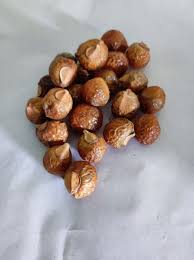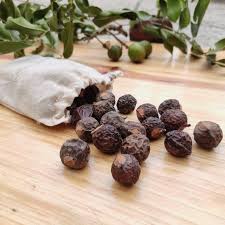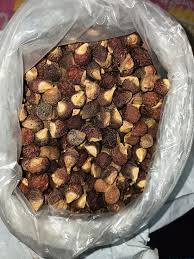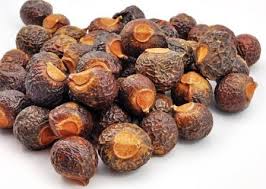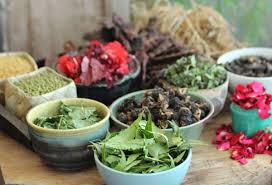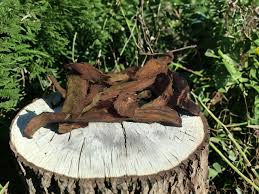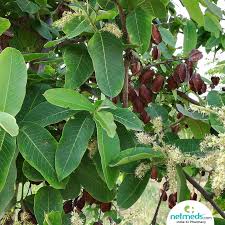Natural Remedies for Arthritis: Role of Paneer Phool
Arthritis, a common chronic condition marked by joint inflammation, pain, and reduced mobility, affects millions globally. While conventional medicine offers relief, many people are turning toward natural alternatives to manage symptoms with fewer side effects. Among these remedies, Paneer Phool (also known as Withania coagulans or Indian Rennet) stands out as a potent Ayurvedic herb. At Dirghaanshi, we believe in exploring ancient herbal solutions for modern ailments. This article delves into how Paneer Phool can support arthritis relief naturally, its traditional use in Ayurveda, and how to incorporate it safely into your wellness routine.
Long Description:
🌿 Understanding Arthritis and Its Types
Arthritis is not a single disease but an umbrella term for over 100 conditions involving joint inflammation. The most common types include:
Osteoarthritis (OA): Degeneration of joint cartilage due to aging or wear and tear.
Rheumatoid Arthritis (RA): An autoimmune condition where the immune system attacks joint linings.
Gout: Caused by uric acid buildup in the joints.
Psoriatic Arthritis and Lupus: Other inflammatory joint conditions with systemic effects.
Symptoms generally include:
Swelling
Joint stiffness (especially in the morning)
Pain
Limited range of motion
Though arthritis has no cure, managing inflammation is key to minimizing damage and discomfort.
🌱 Ayurvedic Approach to Arthritis
Ayurveda views arthritis as an imbalance of the Vata dosha, resulting in dryness and inflammation in the joints. Treatment includes dietary changes, detoxifying herbs, and strengthening the immune and digestive systems. One such herb recognized in Ayurvedic texts is Paneer Phool.
🌼 What is Paneer Phool?
Paneer Phool, or Withania coagulans, is a lesser-known cousin of Ashwagandha. It is widely used in Ayurveda for its:
Anti-inflammatory properties
Blood sugar regulation
Antioxidant content
Immune-modulating benefits
Its flower-like structure contains bioactive compounds like withanolides, alkaloids, and flavonoids — all of which contribute to its therapeutic effects.
🔍 How Paneer Phool Supports Arthritis Relief
- Anti-Inflammatory Action
Inflammation is a hallmark of arthritis. Paneer Phool helps reduce inflammatory markers and relieves pain in affected joints. It’s known to inhibit enzymes like COX-2, responsible for inflammation. - Joint Lubrication
The herb supports healthy joint fluid production and maintains cartilage integrity, particularly useful in osteoarthritis. - Immune Regulation
For autoimmune arthritis (e.g., RA), Paneer Phool helps regulate immune responses, reducing flare-ups without heavily suppressing immunity like steroids. - Antioxidant Protection
Oxidative stress damages joints over time. Withanolides and other antioxidants in Paneer Phool neutralize free radicals, slowing joint degeneration. - Pain Management
Regular intake of Paneer Phool can help in chronic pain management by improving circulation and reducing swelling.
🧪 Scientific Research on Paneer Phool and Arthritis
Recent studies have begun validating its traditional use:
Journal of Ethnopharmacology (2020): Showed that Withania coagulans extract reduced arthritis scores and joint swelling in animal models.
Ayurvedic Clinical Reports: Have cited its success in combination therapies for both osteoarthritis and RA.
Although more human clinical trials are needed, the herb shows promise as an adjunct natural therapy.
🥣 How to Use Paneer Phool for Arthritis
There are several ways to consume this powerful herb:
- Paneer Phool Tea
Soak 5–6 flowers in warm water overnight.
In the morning, boil it for 5–10 minutes.
Strain and drink on an empty stomach.
- Powder Form
Grind dried Paneer Phool into a powder.
Take 1 teaspoon with lukewarm water before breakfast.
- Paneer Phool Capsules
Easily available in Ayurvedic stores.
Follow dosage as recommended by an Ayurvedic practitioner.
Note: Always consult your healthcare provider before introducing new herbs, especially if you are on arthritis medication.
🍽️ Diet and Lifestyle Tips to Maximize Effectiveness
Pair Paneer Phool with these Ayurvedic practices for best results:
Eat anti-inflammatory foods like turmeric, ginger, amla, and flaxseeds.
Avoid cold and processed foods that increase Vata.
Practice gentle yoga for joint mobility.
Use warm compresses and therapeutic oil massages (like Mahanarayan oil).
⚠️ Precautions and Side Effects
Paneer Phool is generally safe when taken in moderation, but consider the following:
Avoid during pregnancy or breastfeeding unless approved by a doctor.
Monitor blood sugar if diabetic.
Discontinue use in case of any allergic reactions.
🌿 Summary: Why Choose Paneer Phool for Arthritis?
Paneer Phool offers a multi-pronged approach to arthritis management:
Reduces inflammation and swelling
Promotes joint health
Enhances immunity
Slows disease progression
Safe and natural alternative
It’s time to embrace Ayurvedic wisdom with evidence-based benefits to find relief from chronic joint discomfort — naturally and holistically.


